SpaceX's next Starship to fly is all dressed up for launch.
On Friday (Jan. 10), SpaceX successfully stacked its Starship spacecraft atop a giant Super Heavy booster to prepare for the next launch of the world's largest rocket next week. Liftoff is set for 5 p.m. EST (2200 GMT) on Monday (Jan. 13) from SpaceX's Starbase test site near Boca Chica Beach in South Texas.
"Flight 7 Starship and Super Heavy stacked on the launch pad at Starbase," SpaceX wrote in a post on the social media site X on Friday.
SpaceX's Starship Flight 7 mission will test a new version of Starship and is the first of potentially 25 Starship launches this year. With the Starship upper-stage vehicle stacked atop its Super Heavy booster, the entire rocket stands nearly 400 feet (122 meters) tall, making it the tallest and most powerful launch vehicle on Earth.
As its name suggests, Flight 7 will mark SpaceX's seventh test flight of Starship, which is designed to be a fully reusable launch system for missions to Earth orbit, the moon Mars and beyond. NASA has tapped Starship to land its Artemis 3 astronauts on the moon in 2027, while SpaceX founder Elon Musk hopes to launch an uncrewed version of Starship to Mars as early as 2026.
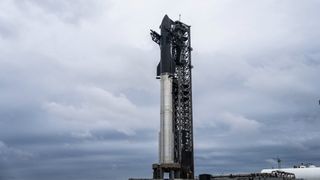
During the Jan. 13 flight, SpaceX will test a series of enhancements to the Starship spacecraft, including upgrades to its flight computer, avionics and heat shield. The spacecraft is also carrying a set of simulated Starlink internet satellites, which SpaceX hopes to deploy in space during the 66-minute flight.
The Starship vehicle on Flight 7 also has smaller forward flaps that have been moved away from its heat shield to reduce exposure to excess heat during reentry, SpaceX wrote in a mission description. SpaceX is also reflying an engine on the rocket's 33-engine Super Heavy first stage for the first time.
"The upcoming flight test will launch a new-generation ship with significant upgrades, attempt Starship’s first payload deployment test, fly multiple reentry experiments geared towards ship catch and reuse, and launch and return the Super Heavy booster," SpaceX wrote in the mission overview.
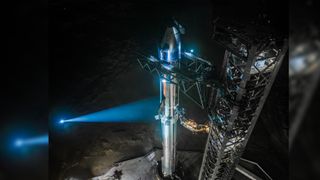
If all goes well, the Super Heavy stage of the Flight 7 Starship will return to Earth to be caught by giant metal "chopstick" arms at its launch pad at Starbase. SpaceX successfully demonstrated such a rocket catch in October during its Flight 5 test flight but waved off an attempted catch a month later during the Flight 6 launch.
SpaceX officials have said they will only proceed with the Flight 7 Super Heavy catch if the rocket and its launch tower each meet critical criteria to ensure a safe catch. If those criteria aren't met, the Super Heavy will automatically default to a soft landing and splashdown in the Gulf of Mexico, as it did during Flight 6.
"We accept no compromises when it comes to ensuring the safety of the public and our team, and the return will only take place if conditions are right," SpaceX officials wrote in the mission overview.
.png)
 3 hours ago
10
3 hours ago
10
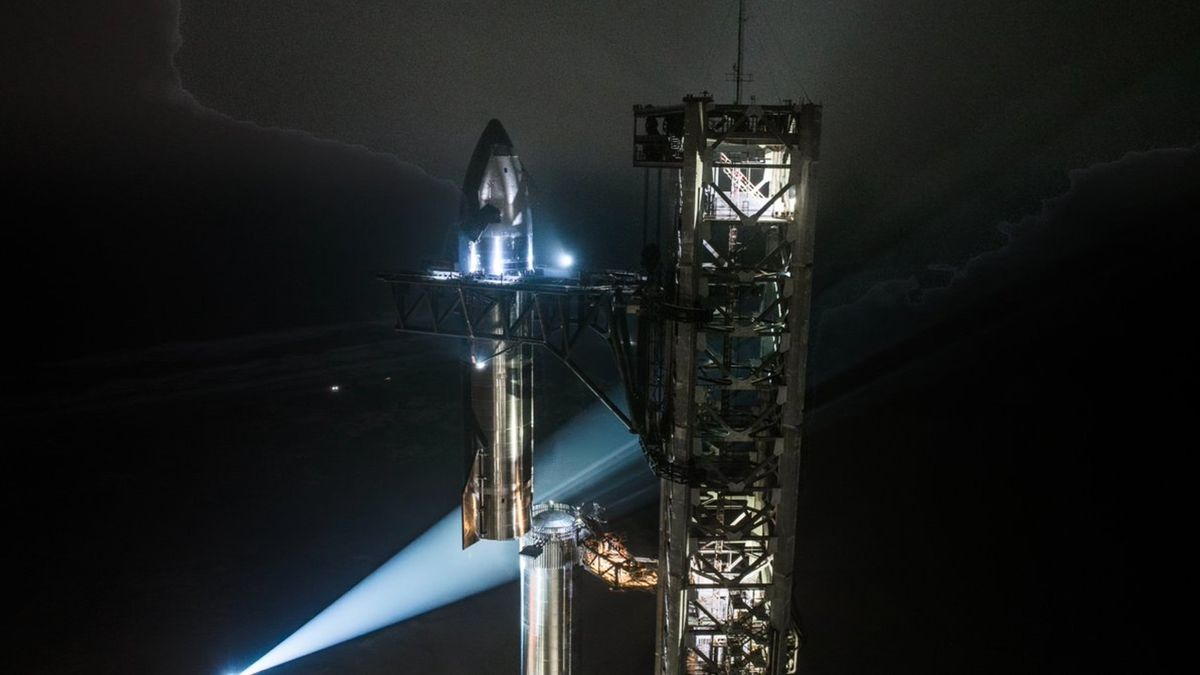

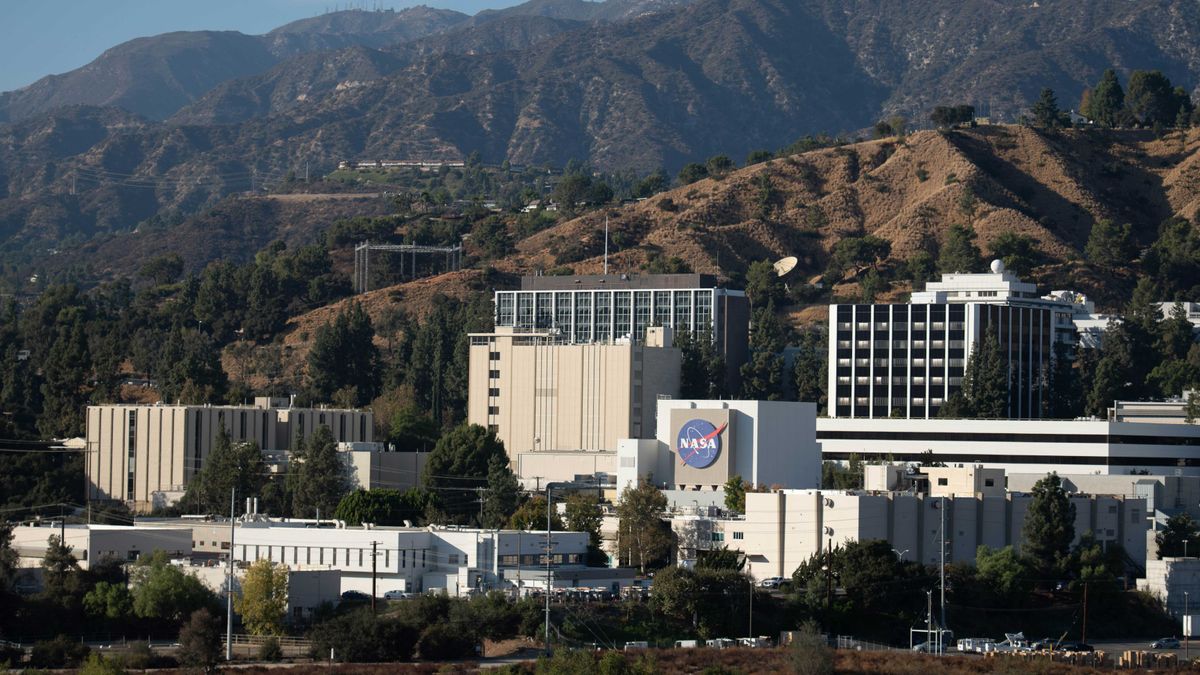




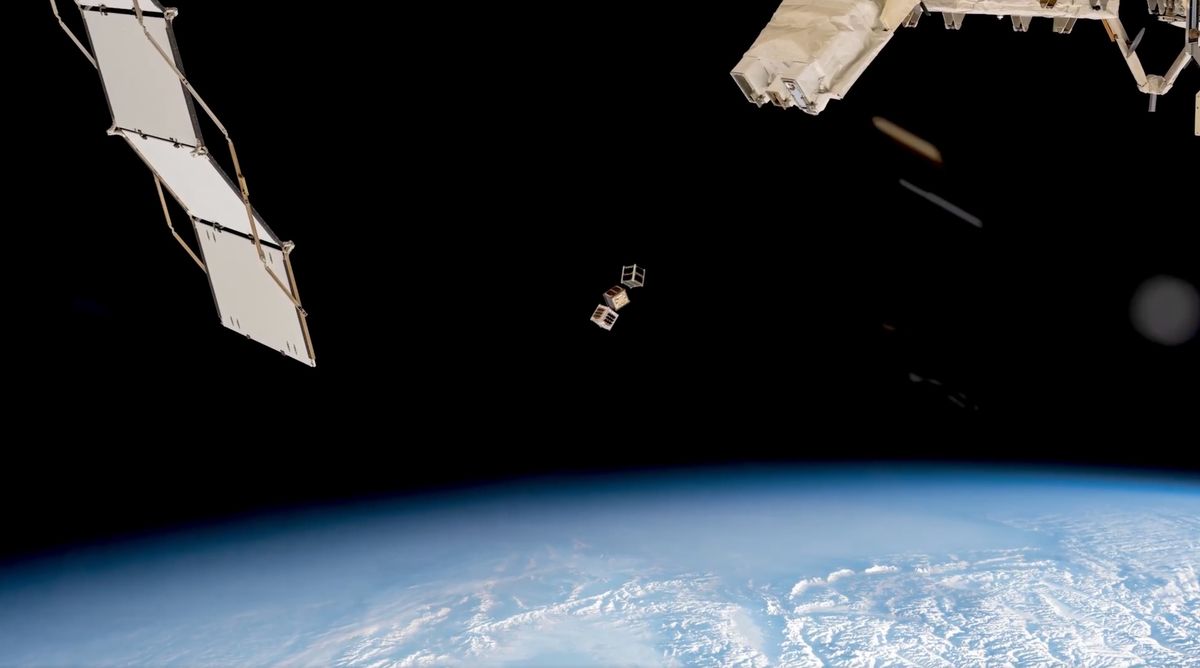


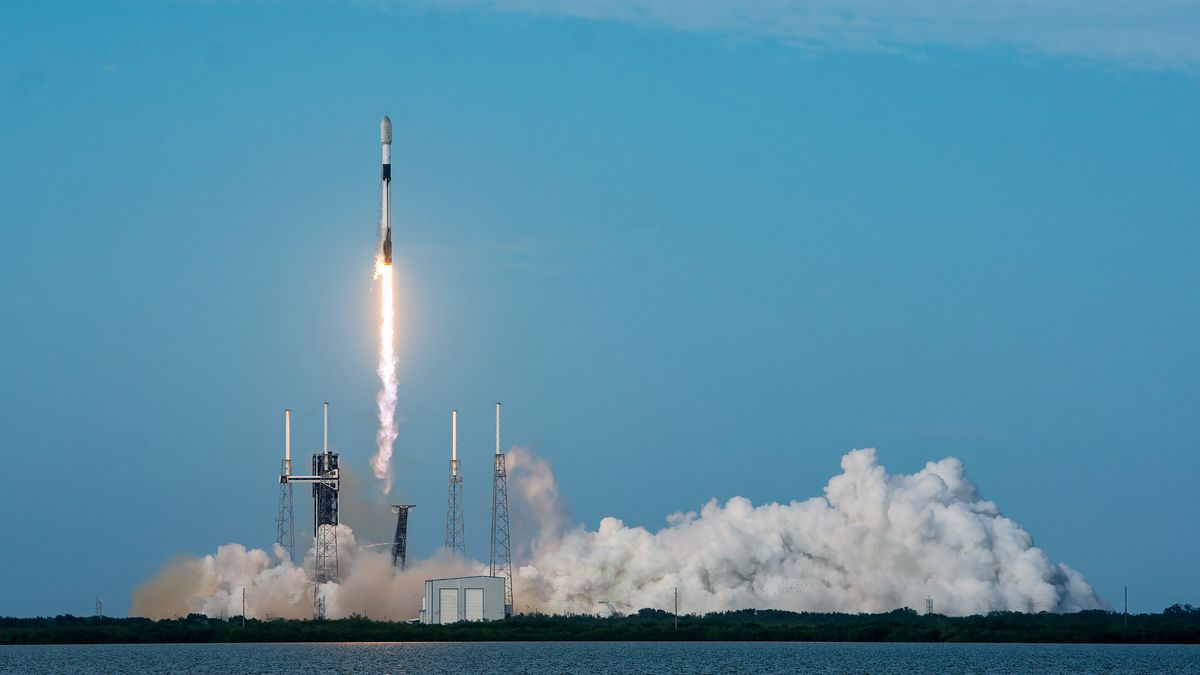

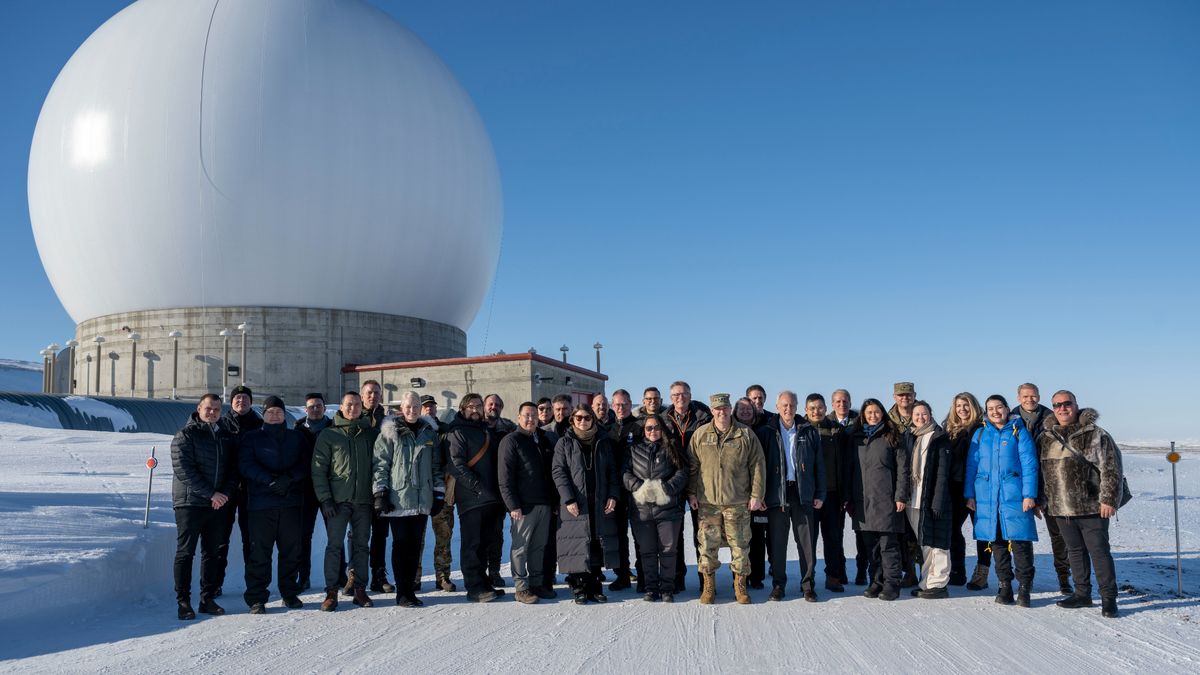






















 Bengali (BD) ·
Bengali (BD) ·  English (US) ·
English (US) ·